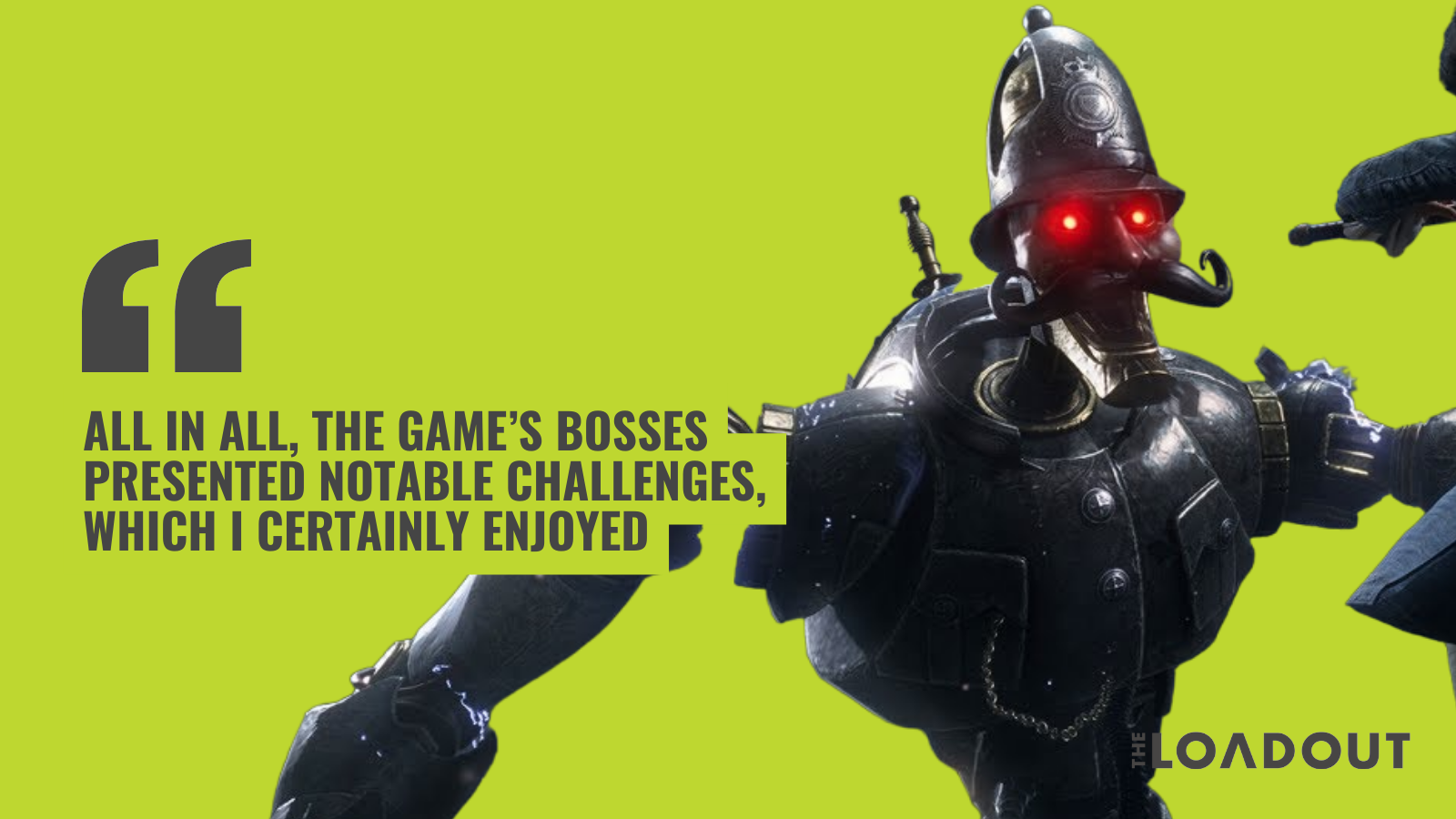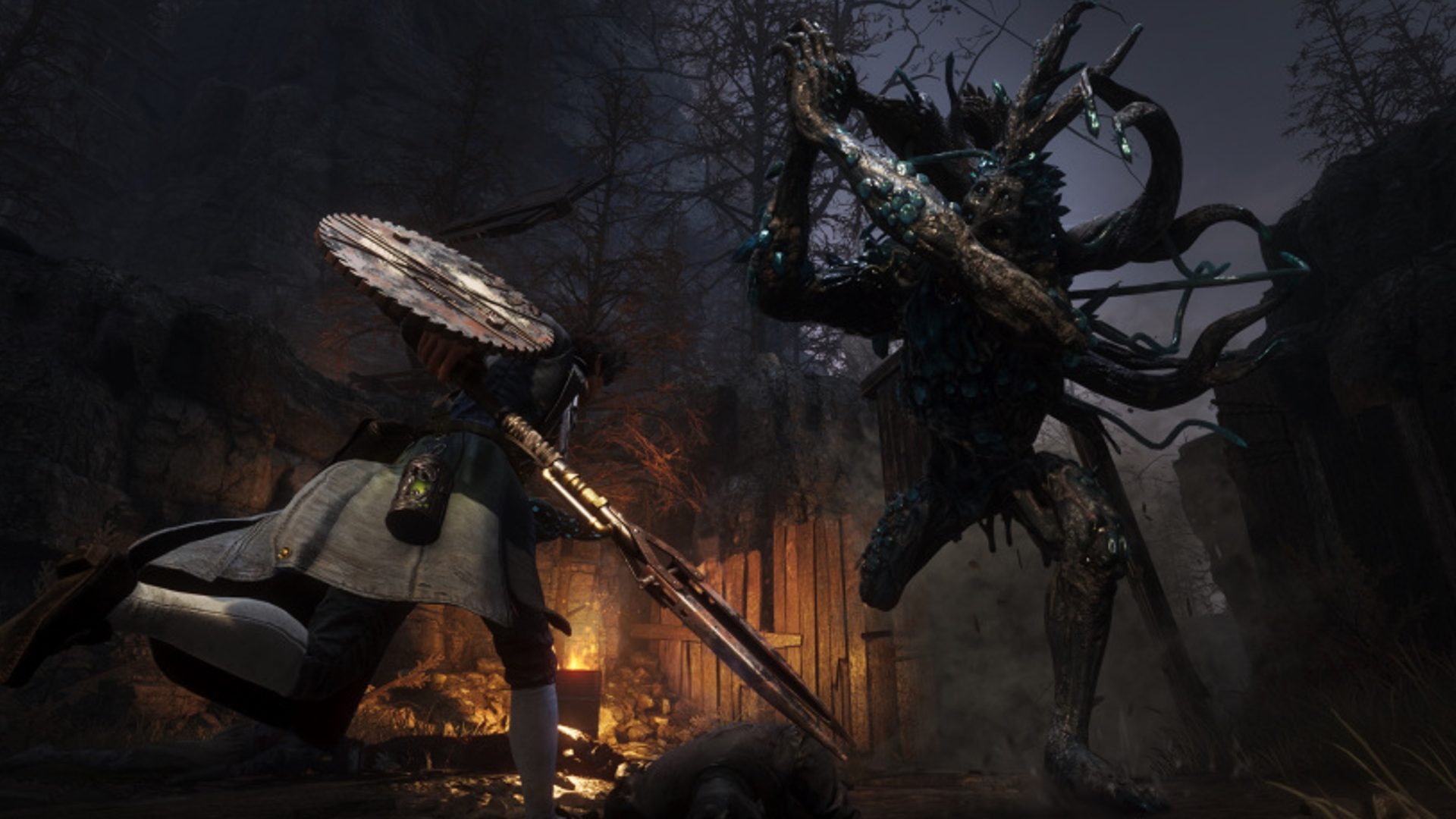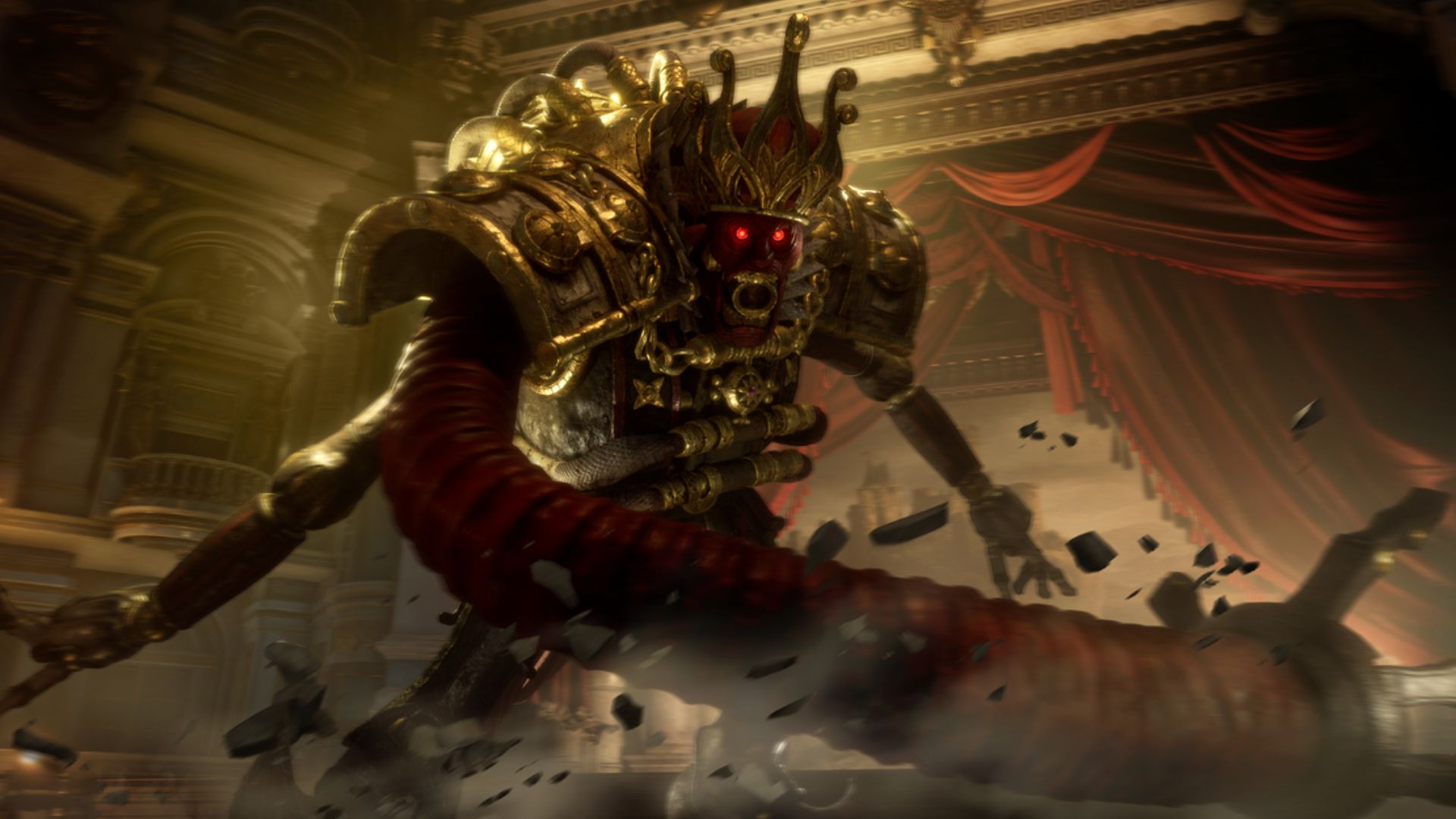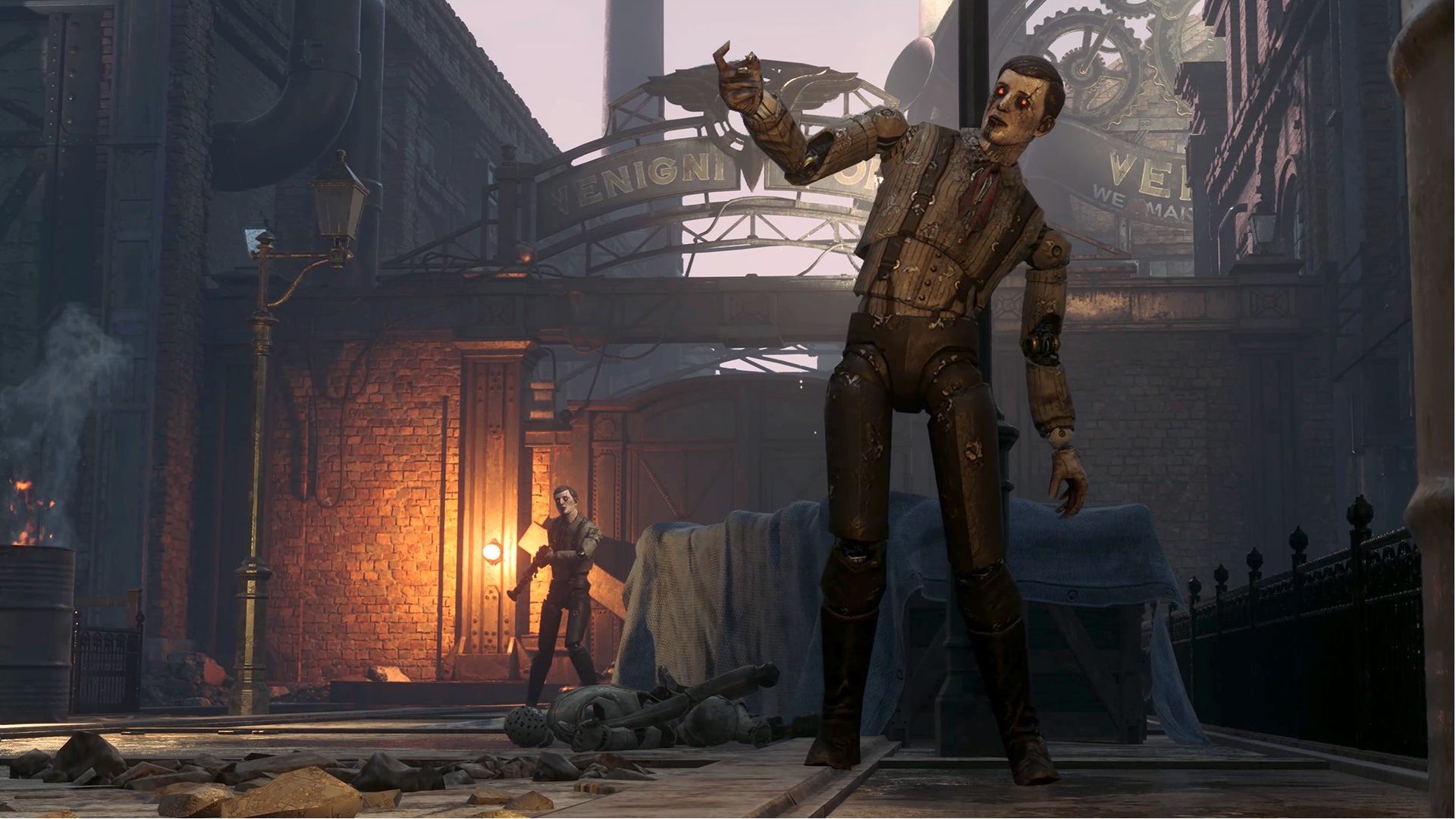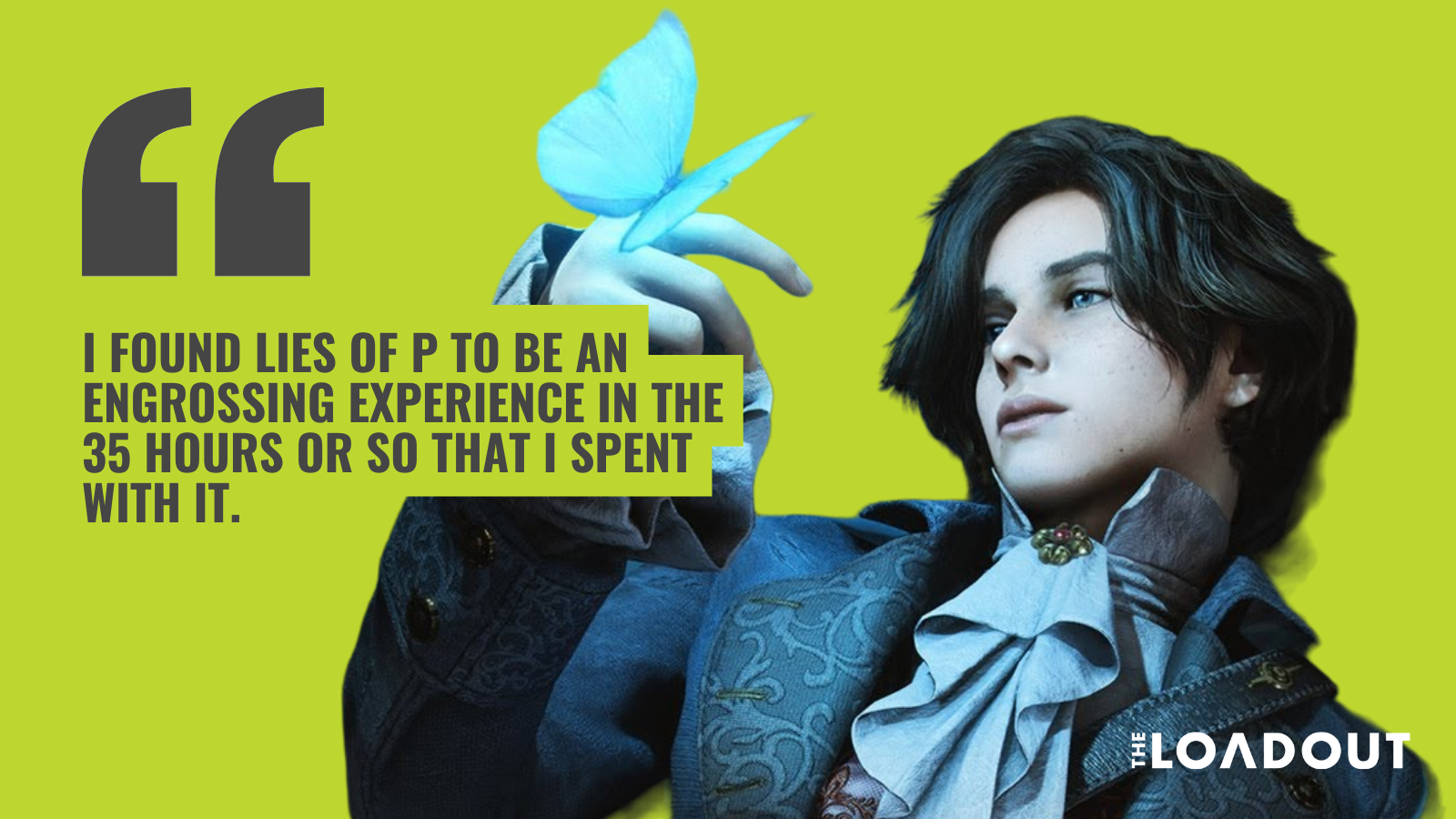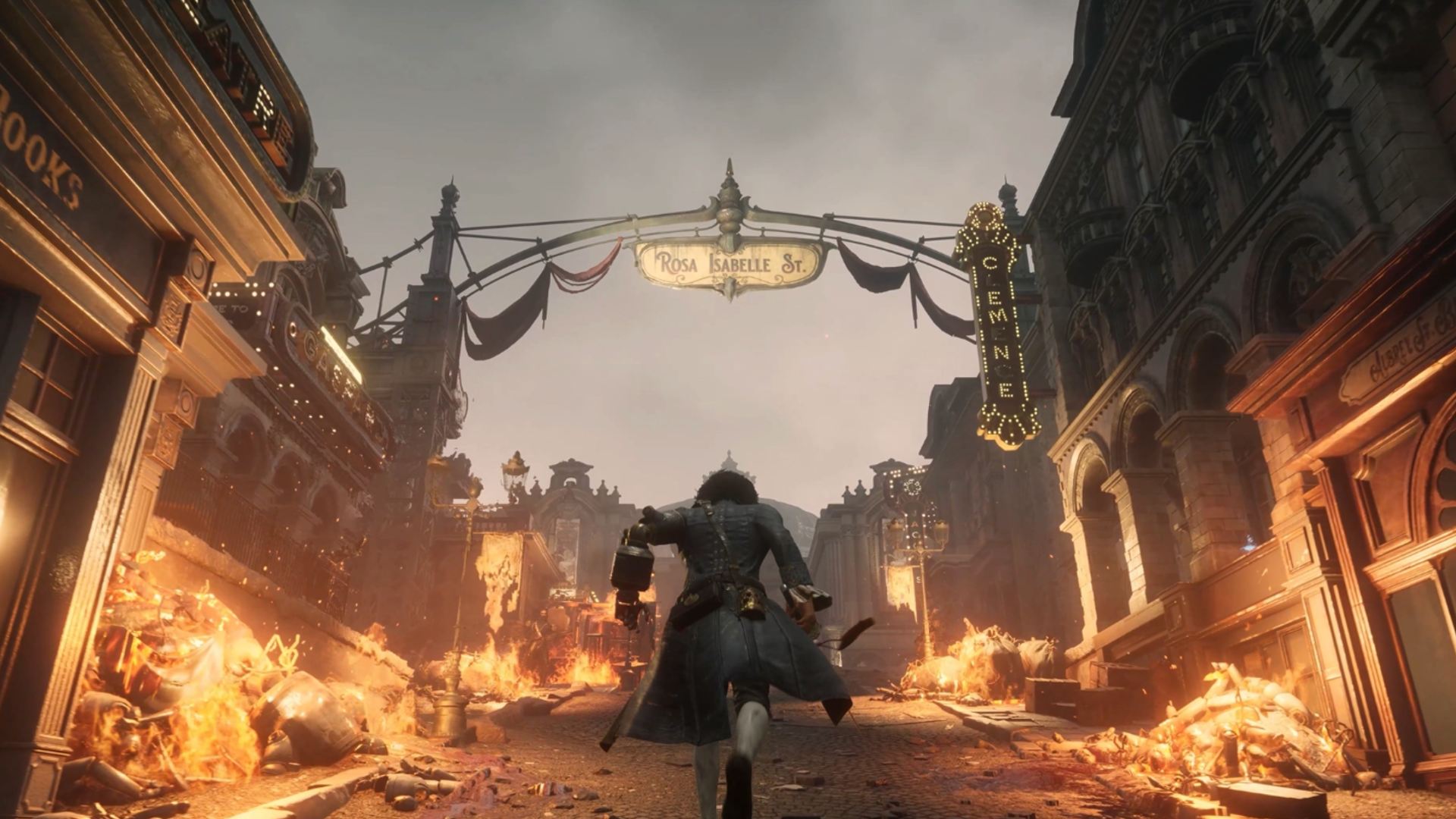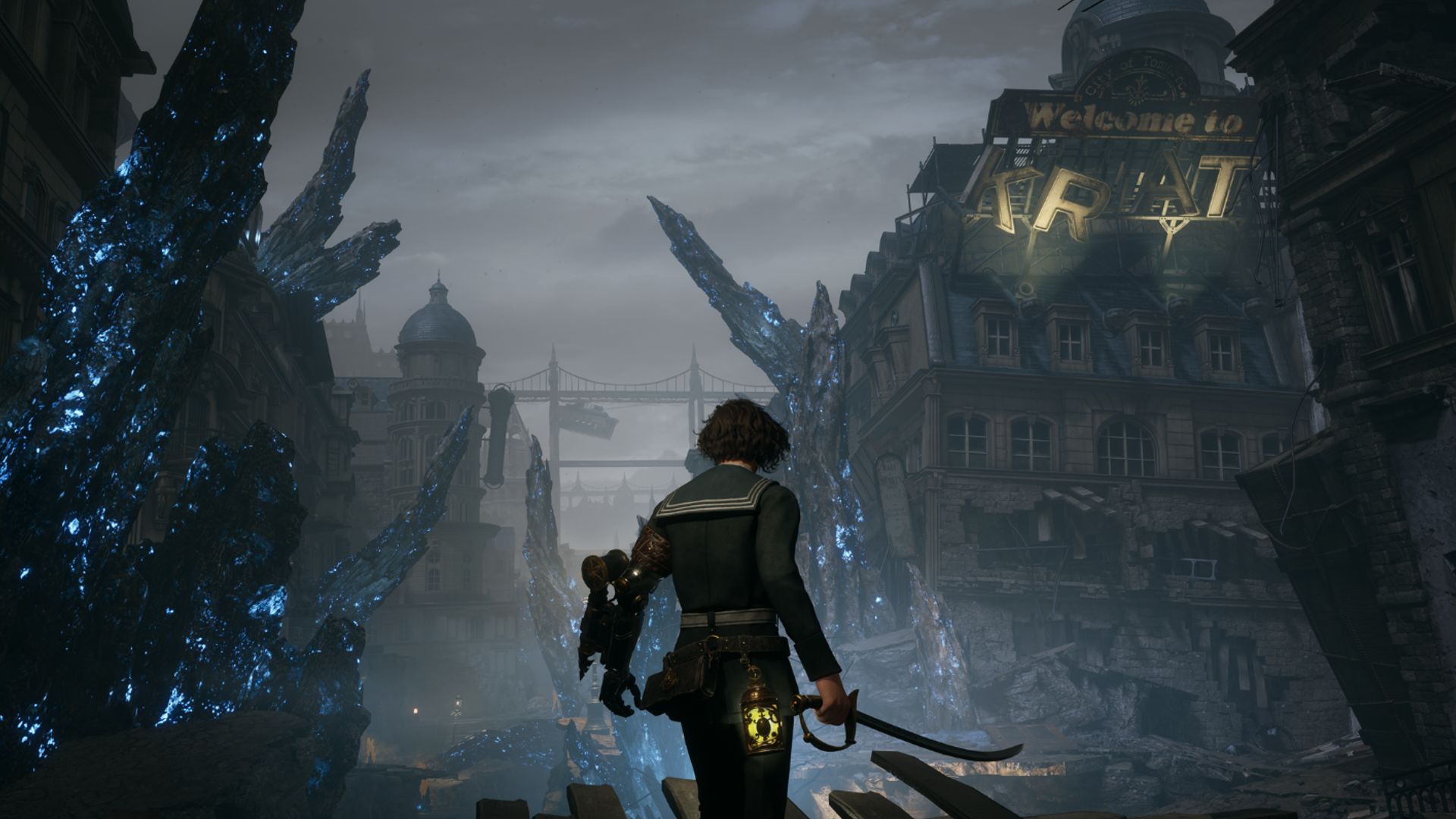Our Verdict
Lies of P borrows heavily from a tried-and-tested formula indicative of the soulslike genre, but it still has combat mechanics and secrets that set it apart from the rest of the pack. Despite difficulty spikes and some muddied story beats, it is an excellent soulslike worth checking out that isn’t completely reliant on ideas from other places.
I must admit that I’m not well-versed when it comes to the story of Pinocchio, at least outside of the Disney cartoon movie. However, I have played my fair share of soulslikes from the Dark Souls series and Elden Ring to offshoots like Mortal Shell and Wo Long: Fallen Dynasty. Enter Lies of P, Korean developer Neowiz’s take on the genre, which pulls Pinocchio’s tale into a tough action game and gives it a grim twist.
Lies of P, as noted, is loosely based on the Adventures of Pinocchio by Italian writer Carlo Collodi. It’s the story of a wooden puppet who wants to turn into a real boy. But, his lies also cause his nose to become longer. The core theme is then juxtaposed into a study of what it truly means to be human. In Neowiz’s game, however, you are a mechanical puppet.
As Pinocchio or “P,” you encounter several people in need throughout the story, and you can decide how to respond to them. Lies, in this case, aren’t done to be obnoxious or malicious, and are instead more akin to white lies; they’re falsehoods meant to gently assuage people in their plight, as opposed to harsher truths. In effect, lying tends to somehow nudge P into acting in a more human way, driven by emotions and compassion.

The game’s expansive setting, too, helps in this regard. Your adventures take place in the city of Krat, once a shining beacon of technological advancements, now all but abandoned due to a catastrophe. Alchemists and inventors, such as P’s father figure Geppetto, began crafting puppets to aid the city’s human residents. While this brought an era of prosperity akin to a utopian society, things went the way of Bioshock and Terminator, with creations turning against the populace. Now, P is one of the last few puppets who hasn’t been overtaken by this madness, attempting to battle those who have been driven to murder and destruction.
While exploring the city you’ll notice several breadcrumb trails that nudge you to further explore the secrets of Krat. There are a few side quests where NPCs ask you to retrieve an item, as well as riddles that reward Trinity Keys that unlock hidden rooms. Likewise, you can obtain Cryptic Vessels, which are used to decipher the clues to a location. From there, you’ll revisit Krat’s elegant buildings and expos, bolstered with a steampunk flair, as well as dark caverns and murky swamps.
I found these secrets fascinating, as they truly captured the essence of this grim world. The performance on a PS5 also helped, since I was able to switch between quality and performance presets. My only gripe here is that the lighting with HDR enabled could be better; disabling HDR makes visuals more vibrant, which further encapsulates the steampunk-meets-fairy-tale-meets-all-hell-breaks-loose theme of the game.
On the gameplay side, Lies of P wears its Dark Souls and FromSoftware inspiration on its sleeve. For starters, you earn a currency called Ergo, which is used to level up your stats or buy various items. If your character dies, you lose all your Ergo and need to return to the previous location to retrieve it.
There’s also a clear emphasis on slow and methodical combat (at least on the part of your character), where well-timed blocks and dodges help you survive, while aggressive tactics can often leave you open to punishing hits. Of course, there are bonfires that act as fast travel and save points known as Stargazers.
When venturing out into the city of Krat hostile puppet attendants, evil clowns, Stalkers (humans that want to eliminate the puppets), and a smattering of bosses await, as you would expect from any soulslike. One example is Fallen Archbishop Andreus, whose second phase has you fighting its front (a rabid monster) and back (a humanoid figure that acts as a scorpion’s tail). Likewise, there’s Laxasia the Complete, a puppet warrior who spams lightning blasts, and King’s Flame Fuoco, a robotic contraption with a cauldron for a belly that spews oil and fireballs.
All in all, the game’s bosses presented notable challenges, which I certainly enjoyed. It was satisfying to learn a boss’ attack patterns, and rewarding to finally beat them. Moreover, the designs of enemies, and most especially bosses, ranged from creepy and weird to macabre and grotesque.
The stat system also leans heavily into what you can expect from the genre. Health, Vigor (stamina), and Capacity (carry weight) are self-explanatory, while others like Motivity, Technique, and Advance affect weapon scaling. In my case, I opted for Motivity, which is akin to Strength, given that it boosted large and slow but hard-hitting weapons. I also unlocked a respec method later in the campaign, so I was able to try out different builds to my liking.
I must admit that Lies of P has some engaging and unique mechanics that truly offer something new that helps the game stand out from just being a Dark Souls copy. Firstly, there are P-Organ upgrades, which are comparable to a passive skill tree. There are major passives to obtain (like an increased number of healing injectors and allowing you to equip more amulets in your gear slots), as well as minor passives. These are much smaller upgrades like an increased number of consumables and improved weapon skill damage.
Secondly, there are Legion Arms, contraptions that can act as support weapons and can be physically swapped out on P for new arms with new abilities. These add some fantastic variety to the weapon toolset without replacing your main blades, spears, and maces. For example, flamethrowers, mines, lightning shocks, and even a Scorpion-esque “Get over here!” grapple move can be equipped onto P. My favorite, though, has to be Aegis, which props up a small shield that can deflect attacks with an explosion
In relation to these core combat mechanics, many weapons can have their blades and handles attached together to create unique combinations of skills. It’s also possible to increase or alter their stat scaling. As such, something that used to have low scaling for Motivity/Strength can have that stat buffed further. Alternatively, it can be boosted to become a Technique/Dexterity or Advance/Intellect armament.
The crank items that enabled this modification were also plentiful. I thought this was a nifty concept, since I was able to fine-tune my armaments based on my playstyle. One particular instance was when I increased the Coil Mjolnir’s Motivity rating from B to A, which improved my damage since I was stacking the aforementioned stat.
Regrettably, Lies of P isn’t a perfect soulslike and has a few notable flaws. Chief among these is its defensive-oriented combat. Standard blocks will partially deplete your HP, though this amount can be regained, whereas perfectly timed dodges and blocks fully negate the damage.
Both dodging and blocking attacks are par for the course in soulslike games. The problem is that Lies of P has several enemies and bosses with anywhere from five to 10 fast attack swings as part of their combo chain. This led to situations where I could neither block nor dodge every attack, as there were too many, and recognizing every pattern would’ve been impossible. Coincidentally, since I focused on Motivity and wielding slow but hard-hitting weapons, it was as though I was at a disadvantage at later portions of the game.
Worse, there doesn’t seem to be a poise mechanic or stat that prevents your character from getting staggered. Even though I wielded heavy weapons and had gear pieces that weighed a ton, all enemy attacks still staggered me no matter if I was heavily encumbered with a large weapon or running virtually nothing. Imagine swinging a giant mallet or spiked board, only to get interrupted by a hit from a lowly puppet butler and his rapier, and you get the idea.
Adding onto the issues above, the game has a stun mechanic that applies to larger mobs and bosses. Once you deal enough damage or trigger perfect blocks, you’ll see a meter appear. You’ll then need to follow up with a charged attack or Fable Art (a weapon skill) to fully stun your target, knocking them down, and allowing you to connect with a devastating flurry.
The downside is that this extra step of needing to perform a charged attack or Fable Art means you are still left open to a counterattack or being hit. The stun doesn’t last for a long time unless it’s upgraded further. Chances are, if you miss your one attack opportunity, you won’t get another until you deal enough damage or block enough to have the meter appear again.
This makes this mechanic incredibly risky. I would’ve preferred these powerful blows to be instantly available once you’ve broken an opponent’s guard, instead of needing to connect with another attack. The high risk of pulling off this has to have a rewarding hook, but in its current form, it’s just another tacked-on challenge on top of the expected difficulty that comes with a soulslike.
There are even encounters where I had to face entire gangs, with multiple mini-bosses attacking simultaneously, as well as bouts where status effects ramped up considerably and rapidly. These afflictions include durability/weapon degradation (something I’m glad Elden Ring got rid of) and a dreaded status effect that causes instant death once a meter is filled. As such, I felt that certain sections were too tedious to get through, with poorly balanced enemies that needed some more balancing.
Some parts of the story and narrative, specifically the writing, also have issues. There were segments when I thought NPCs provided clues, such as how they should’ve been able to join you for a fight, or that there was a way to save someone. I actually had to spend additional time trying to figure out if I missed something, only to realize that those might have been throwaway lines. The game does a poor job of distinguishing what is of interest to you as the player and what is lore or just general dialogue. Certain plot twists also didn’t make a lot of sense, and the narrative went off the rails a bit.
Still, in spite of these misgivings, I found Lies of P to be an engrossing experience in the 35 hours or so that I spent with it. From the game’s use of Pinocchio’s story interwoven with an examination of our human identity, to its refreshing use of mechanics that add flair and flashiness to combat, all set in a ravaged city with Belle Époque era architecture, it’s got a mish-mash of ideas that make for an enjoyable, satisfying, if sometimes frustrating soulslike.

